Earth-Sized Planet Discovered, Can It Sustain Life?
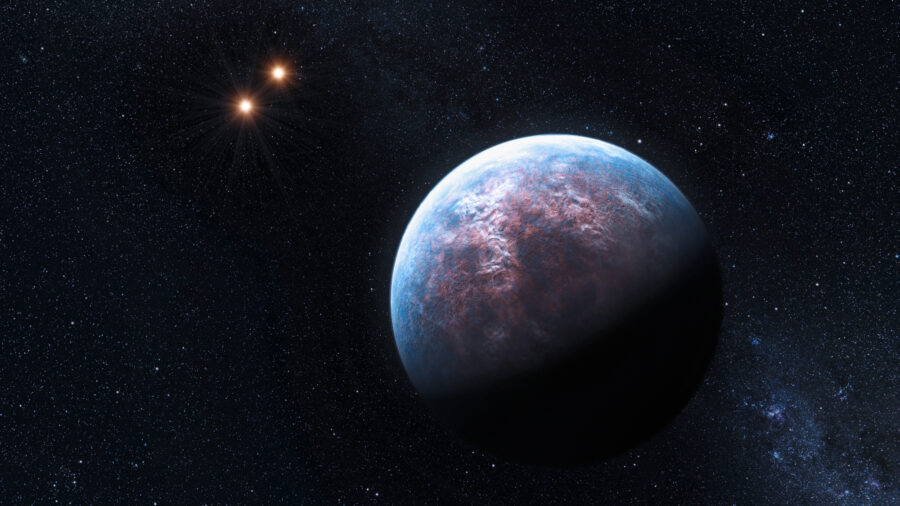
Scientists have discovered a small terrestrial exoplanet (LTT 1445 Ac) 22 light-years away that bears a striking resemblance to Earth, according to Science Alert. Though the exoplanet has a similar composition and density to our home planet, its surface temperature is too hot to sustain life as we know it. Despite LTT 1445 Ac’s extremely high temperatures, astrophysicists consider it to be a suitable analog to Earth that will provide insight into how terrestrial exoplanets function around different star systems, and how they evolve within their own unique respective environments.
The Exoplanet Revolves Around A Red Dwarf
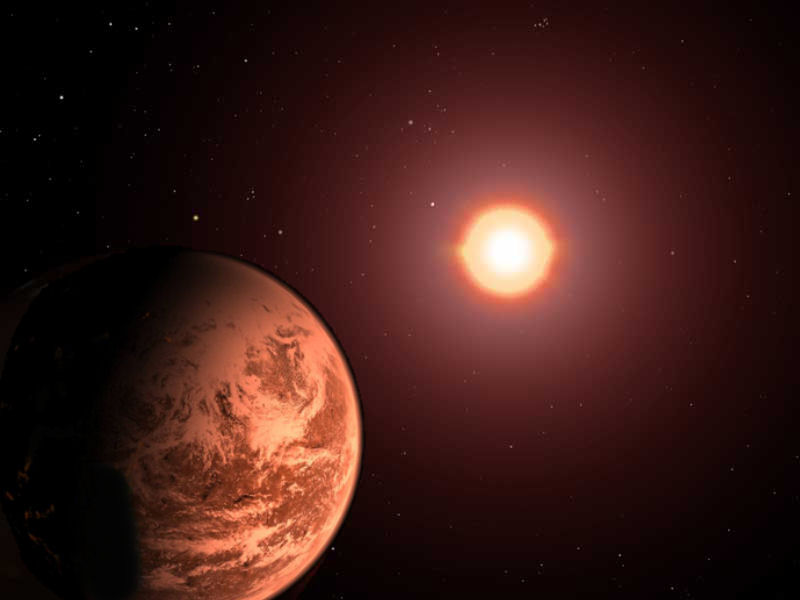
What sets LTT 1445 Ac apart from Earth is that the exoplanet revolves around a red dwarf, which is much dimmer and cooler than Earth’s yellow dwarf sun. Despite the red dwarf’s lower temperature, the rocky exoplanet in question runs so hot due to its proximity to the star, which gives it an orbital period of 3.12 days. LTT 1445 Ac is also part of a trinary star system, meaning that the exoplanet is bound to two other stars, gravitationally speaking.
How Big Is The Planet?
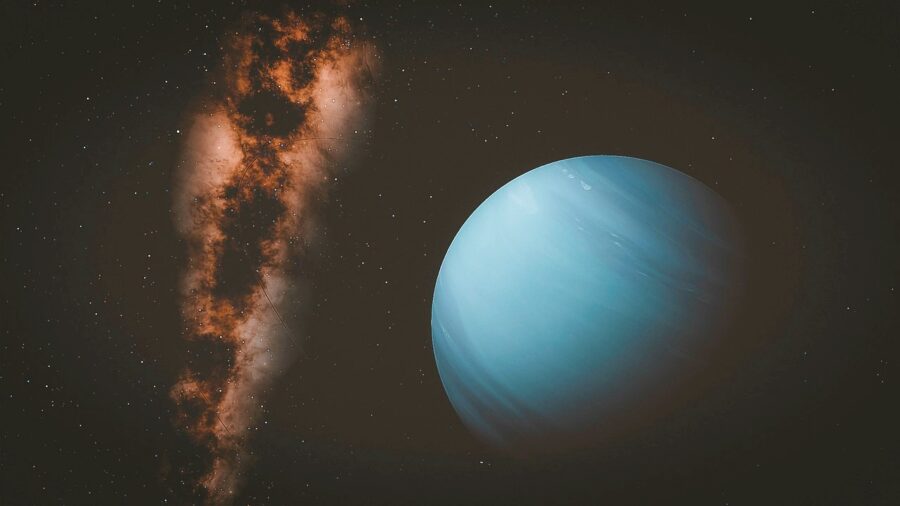
LTT 1445 Ac boasts 1.37 times the mass, and 1.07 times the radius of Earth, making it the closest known Earth-sized exoplanet in our solar system. These numbers were calculated by cross-examining LTT 1445 Ac’s transit data with its radial velocity.
In simple terms, transit data for an exoplanet is how scientists are able to calculate its radius. When a planet passes its home star, it creates a dimming in starlight that can be observed through telescopes.
Radial velocity, on the other hand, measures the exoplanet’s wobble that’s caused by LTT 1445 Ac’s gravity. Studying the radial velocity of an exoplanet is what scientists use to determine its mass.
A Rocky Composition

By combining the radius and mass of an exoplanet, researchers are able to calculate LTT 1445 Ac’s density with a high degree of accuracy. Based on the density, it’s safe to assume that the exoplanet has a rocky composition like planets around our own sun, including Earth, Venus, Mars, and Mercury. For context, Earth has a density of 5.51 grams per cubic centimeter, and LTT 1445 Ac has a density of 5.9 grams per cubic centimeter.
A Lot Like Earth
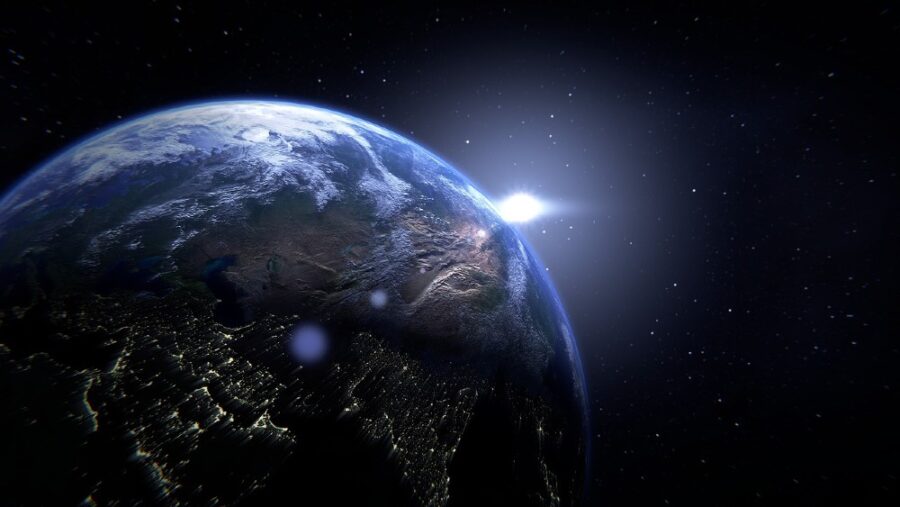
In other words, the newly discovered exoplanet likely has a very similar composition to Earth, and could be instrumental in grasping a better understanding of terrestrial planets that revolve around other stars. Though LTT 1445 Ac doesn’t have suitable conditions for harboring life, Astrophysicist Emily Pass suggests that we can now use spectroscopy, which is the study of the absorption and emission of light and other radiation, to characterize its atmosphere.
Understanding Exoplanets Similar To Ours
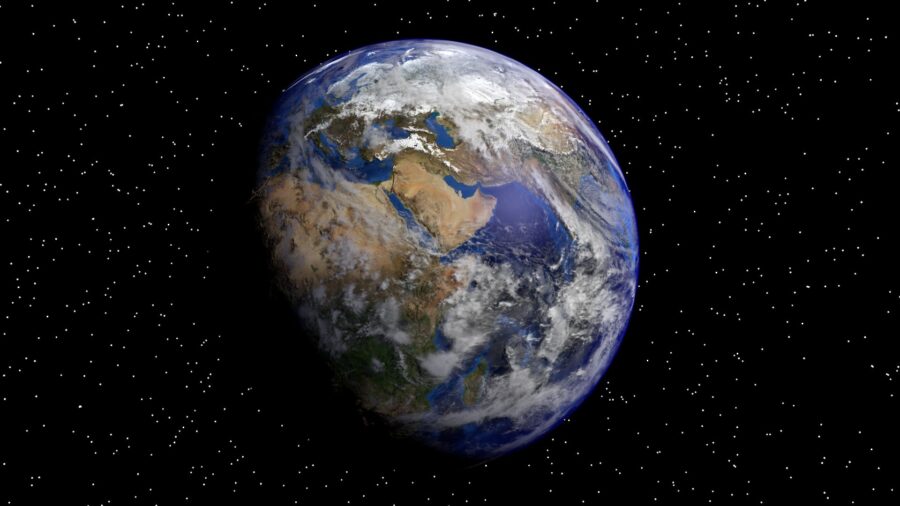
Now that scientists have learned the high-level details of the exoplanet, they can utilize the James Webb Space Telescope to further characterize and understand LTT 1445 Ac, as well as other exoplanets that have yet to be discovered. As more data points are collected and other celestial bodies are pursued, scientists can compare data, and gain a better grasp on how other planets similar to Earth function within their own respective star systems. This avenue of study could potentially one day lead us to life on another planet in our galaxy, or other far-off galaxies that we have only just begun to explore.












